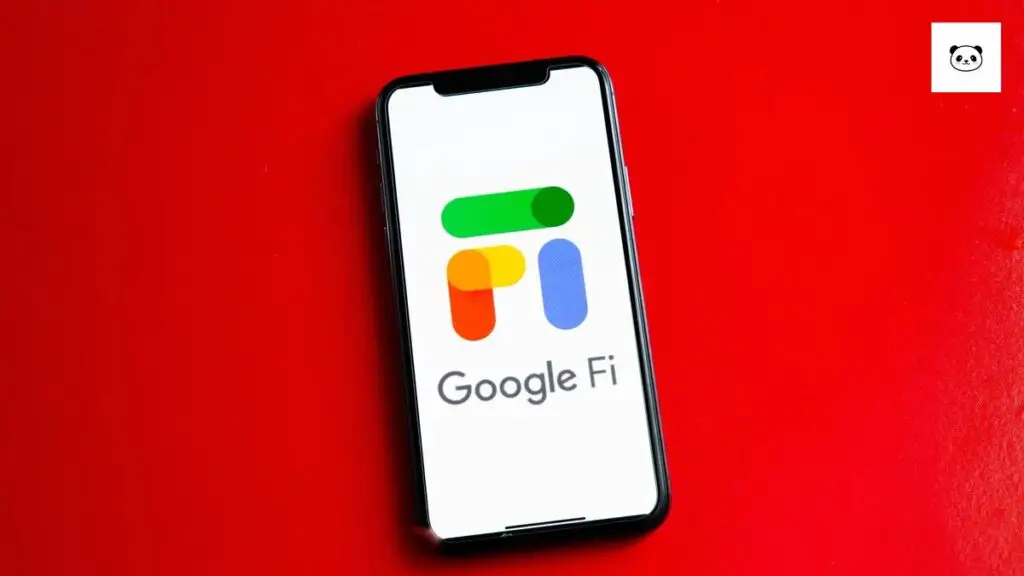In the ever-expanding realm of mobile service providers, the choice between cost and coverage is a delicate equilibrium, with Verizon, AT&T, and T-Mobile emerging as the top contenders. According to 2023 Statista data, AT&T leads the U.S. market with a robust 46% share of wireless subscriptions.
Google Fi’s Entry into the Arena: A Game-Changer in Telecommunication
In 2015, Google entered the fray with its telecommunication service, aptly named “Project Fi,” now known simply as Google Fi Wireless. This mobile virtual network operator (MVNO) operates under the extensive T-Mobile network umbrella, offering unique advantages to users.
Understanding Google Fi: More Than Just a Plan
The users enjoy the privilege of bypassing data traffic deprioritization, ensuring their connection remains robust even during peak usage periods. The network seamlessly integrates with the W+ network, utilizing Wi-Fi networks to enhance connectivity, with data consumption counting towards the monthly allocation.
The Mechanism Behind Google Fi
The employs a dynamic approach, connecting phones to the strongest available network, whether it’s Wi-Fi, 4G LTE, or, for supported devices, 5G. The network intelligently switches carriers based on location, ensuring an optimal user experience.
“When the best option available is a Wi-Fi connection, Google connects the phone to an open Wi-Fi network it identifies as high-quality and secure.”
To bolster security on public Wi-Fi networks, Google Fi offers a VPN for users, allowing automatic connection to the W+ network.
Coverage and Beyond: Google Fi’s Reach
While Google Fi predominantly covers data within the U.S., Canada, and Mexico, select plans extend coverage to over 200 international destinations. However, it’s essential to note that Google Fi isn’t intended for prolonged international use, with potential coverage restrictions for extended travel periods.


Pricing Tiers: Tailoring Plans to Individual Needs
Google Fi provides three distinct plans to cater to diverse user preferences:
Simply Unlimited: Offering unlimited data, calls, texts, and 5 GB of hotspot tethering, with reduced speeds after 35 GB usage per person.
Unlimited Plus: Priced at $65 per month for one person, this plan includes unlimited data, calls, texts, and hotspot tethering. Additional perks, such as YouTube Premium and cloud storage, sweeten the deal. Data slows after 50 GB per person, and hotspot tethering impacts monthly data usage.
Flexible: A pay-as-you-go plan at $20 per month, allowing users to pay $10 per GB of data used, with slowing speeds after 15 GB per person.
Comparing Plans: Finding the Right Fit
For a single person:
Simply Unlimited: $50 per month
Unlimited Plus: $65 per month
Flexible: $20 per month
For a family of four:
Simply Unlimited: $80 per month
Unlimited Plus: $160 per month
Flexible: $65 per month
For a family of six:
Simply Unlimited: $120 per month
Unlimited Plus: $240 per month
Flexible: $95 per month
Network Backbone: Google Fi’s Foundation
Google Fi leverages the T-Mobile network, operating as an MVNO, where it sells mobile services under its brand name using existing networks, without owning a mobile spectrum license.
In conclusion, the telecommunications landscape is evolving, and Google Fi has emerged as a compelling player with its innovative approach, diverse plans, and strategic network partnerships. As consumers seek the delicate balance between cost and coverage, Google Fi provides a noteworthy option in this ever-competitive market.









